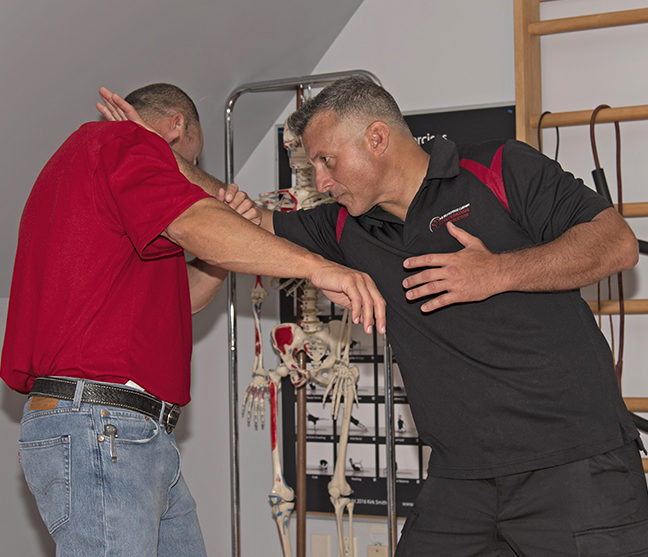Martial arts are as diverse as the people who practice them. What is the best martial art for you? With countless styles available, finding the perfect fit hinges on your personal goals, lifestyle, and interests. Whether you’re drawn to self-defense training, competitive combat, cultural traditions, or fitness, this guide breaks down the top martial arts styles to help you make an informed choice. Let’s explore how to align your aspirations with the right discipline.

Understanding Martial Arts Styles: Key Categories
Martial arts are broadly categorized into four types, each with unique benefits and focuses:
- Battlefield Combat (Historical Martial Arts)
- Focus: Ancient techniques, weapons, and warfare strategies.
- Best For: History enthusiasts and lovers of traditional combat.
- Examples: HEMA (Historical European Martial Arts), Kendo, Kalaripayattu.
- Sports Combat (Competitive Martial Arts)
- Focus: Rule-based competition, athleticism, and skill mastery.
- Best For: Aspiring athletes and fitness enthusiasts.
- Examples: MMA, Brazilian Jiu-Jitsu (BJJ), Boxing.
- Self-Defense (Practical Martial Arts)
- Focus: Real-world survival skills and threat neutralization.
- Best For: Personal safety and confidence building.
- Examples: Krav Maga, Systema, Reality-Based Self-Defense.
- Traditional Observance (Cultural Martial Arts)
- Focus: Mindfulness, philosophy, and cultural heritage.
- Best For: Holistic growth and low-impact fitness.
- Examples: Tai Chi, Aikido, Kung Fu.

Especially when it comes to “self-defense”, you don’t always have to attend a school or even step outside your home. Online options art available too.
Step 1: Define Your Goals for the Best Martial Art
Identify what drives you to train:
- Self-Defense: Opt for practical martial arts like Krav Maga.
- Fitness: High-intensity styles like Muay Thai boost cardio and strength.
- Competition: Explore sports combat disciplines like BJJ or Boxing.
- Cultural Connection: Traditional styles like Tai Chi emphasize philosophy and history.
Step 2: Assess Your Lifestyle and Physical Needs
- Time Commitment: Sports combat often requires rigorous training, while Tai Chi offers flexibility.
- Physical Limitations: Low-impact styles like Aikido suit those with injuries.
- Environment: Gyms for MMA, outdoor dojos for historical practices.
Step 3: Test Styles with Trial Classes
Visit local dojos or gyms to experience:
- Instructor Expertise: Prioritize schools emphasizing safety and technique.
- Class Vibe: Competitive vs. collaborative atmospheres.
- Practical Application: Ensure self-defense classes include scenario drills.
Step 4: Hybrid Training for Versatility
Combine styles to address multiple goals:
- Example: Pair Boxing (sports) with Krav Maga (self-defense) for well-rounded skills.
- Tip: Master one discipline before blending to avoid confusion.
Avoid Common Pitfalls
- Trend Overload: Avoid styles chosen solely for popularity (e.g., “movie-inspired” ninjutsu).
- Neglecting Realism: Verify self-defense programs address modern threats like weapons.
- Overtraining: Start slow to prevent burnout.
Best Martial Arts Comparison Chart
| Category | Best For | Top Styles |
|---|---|---|
| Self-Defense | Real-world safety | Krav Maga, Systema |
| Sports Combat | Competition & fitness | MMA, BJJ, Boxing |
| Traditional | Mindfulness & culture | Tai Chi, Aikido |
| Battlefield | Historical mastery | HEMA, Kendo |
FAQs: Finding the Best Martial Art
Q: What is the best martial art for beginners?
A: BJJ or Judo offer structured learning curves.
Q: Which martial art is best for self-defense?
A: Krav Maga focuses on real-world threat neutralization.
Q: Can traditional martial arts improve fitness?
A: Yes—styles like Kung Fu enhance strength and flexibility.
Conclusion: Your Journey Starts Now
The best martial art isn’t universal—it’s the one that aligns with your goals. Whether you seek self-defense skills, competitive thrills, cultural depth, or holistic health, use this guide to navigate your options. Ready to begin? Find a local dojo, take that first class, and share your progress with our community!
Once you have decided which category of martial art you want to go with, go into our “FREE STUFF” section in the TOP MENU and download the FREE Bio-mechanical Cheat Sheet (OR CLICK HERE) for the system of your choice. It will give you a head start to your martial success.

Disclaimer: The information provided is for general guidance only and does not replace professional safety or legal advice. Individual circumstances vary, and personal safety strategies should be tailored to your unique needs.
Affiliate Disclosure: This post may contain affiliate links. If you purchase through these links, I may earn a small commission at no extra cost to you. Recommendations are based on genuine belief in the product’s value.